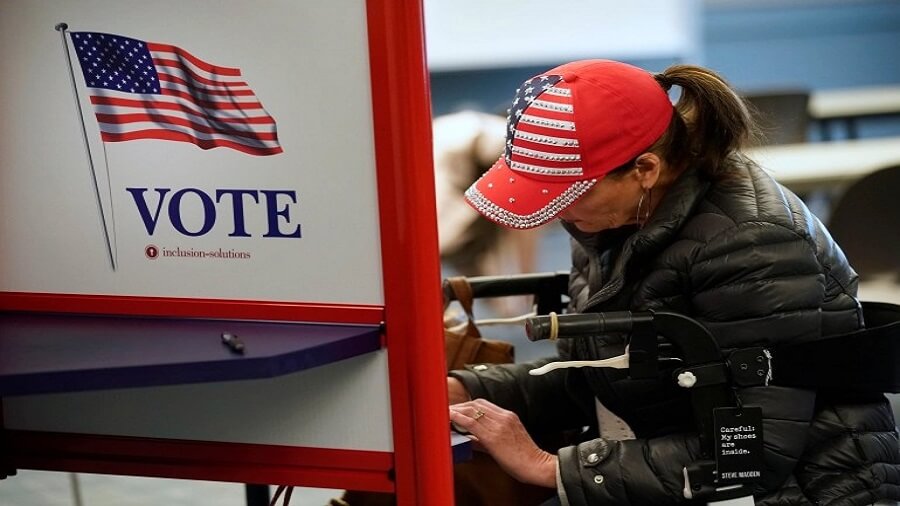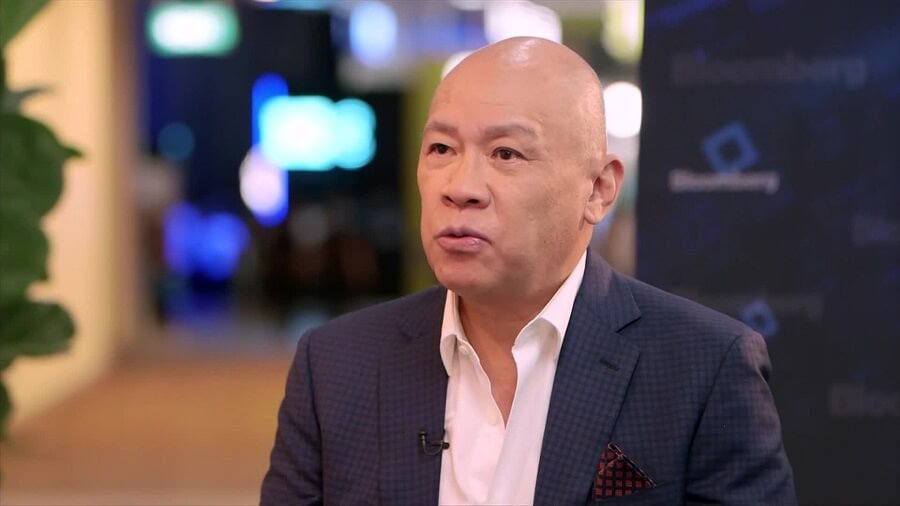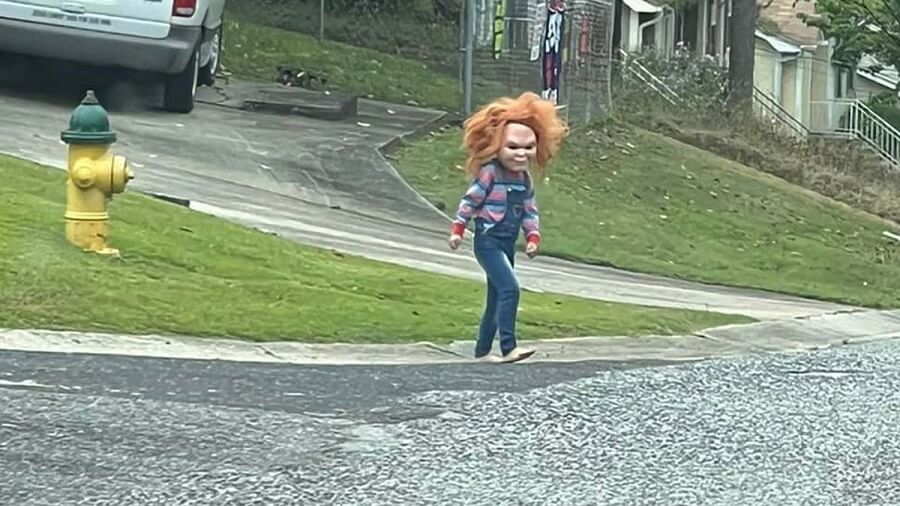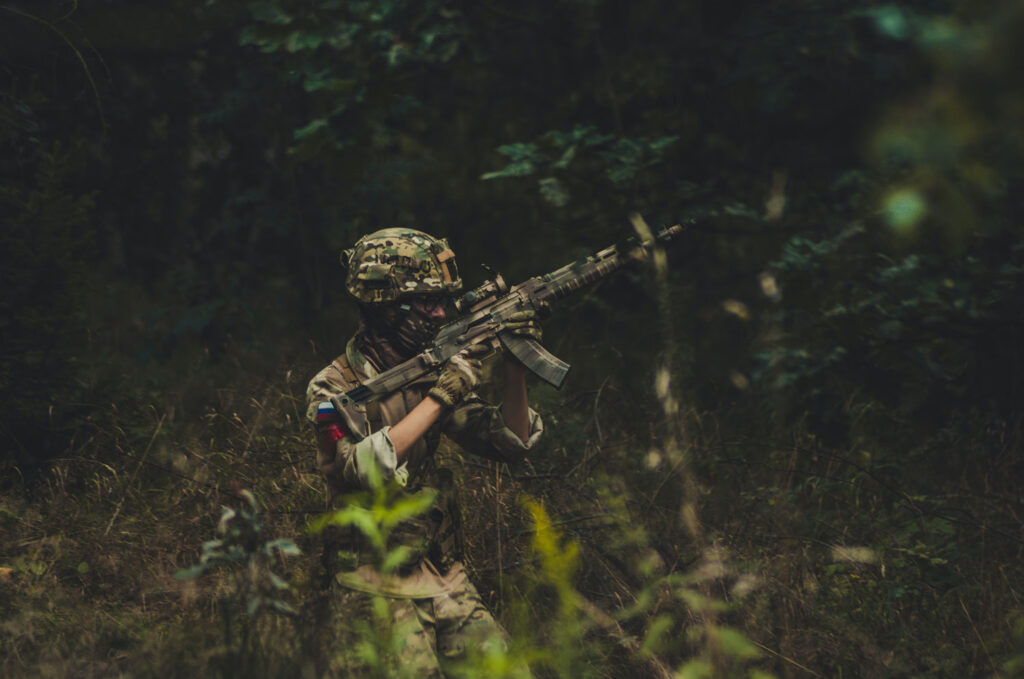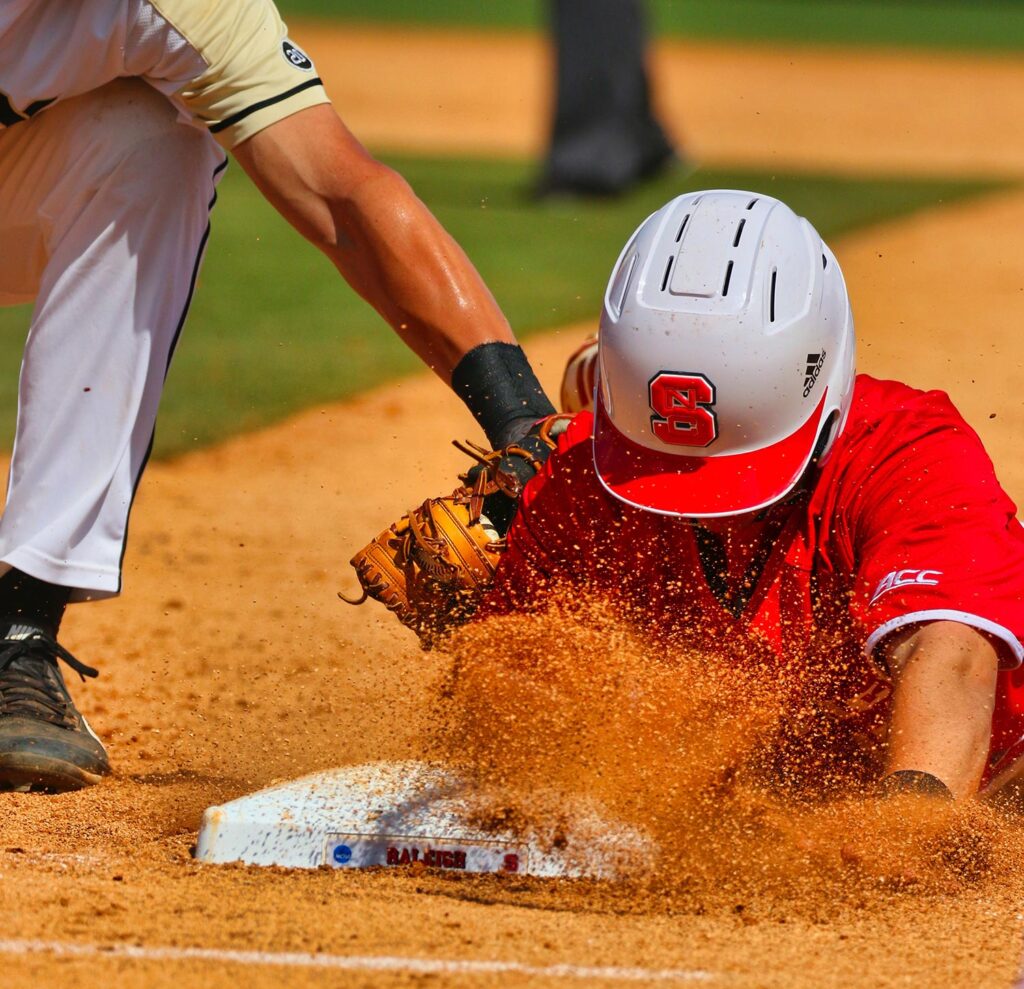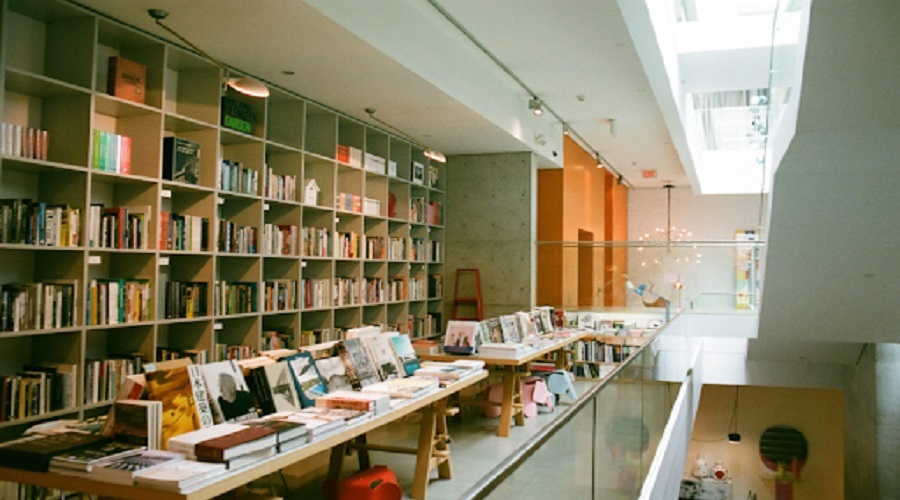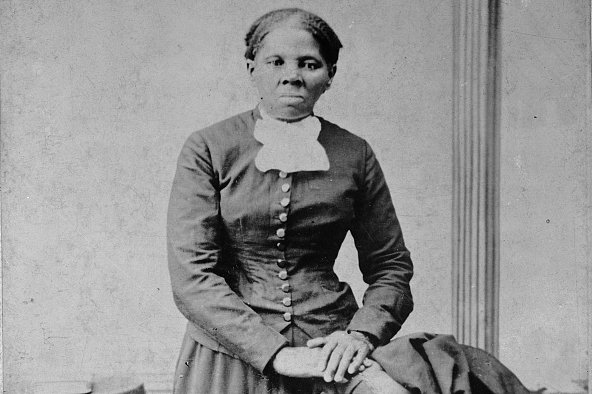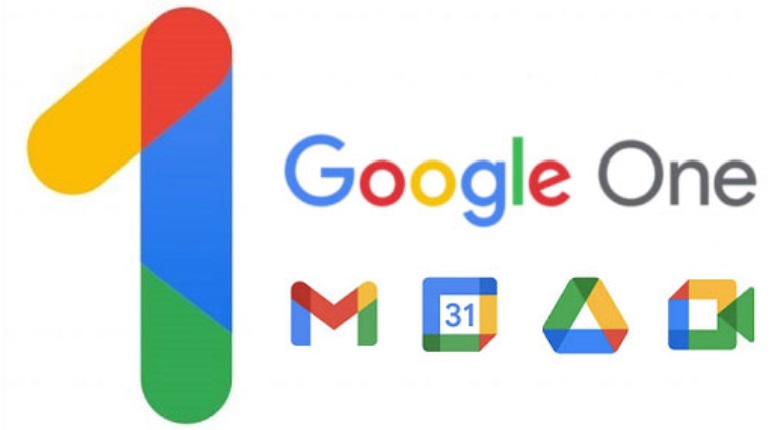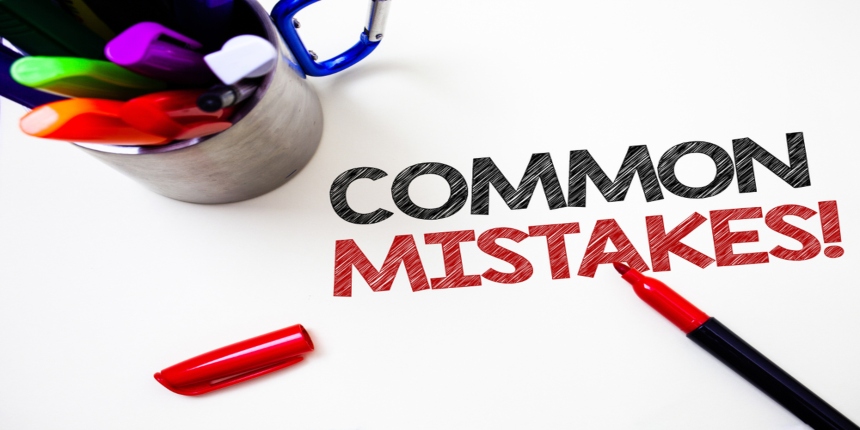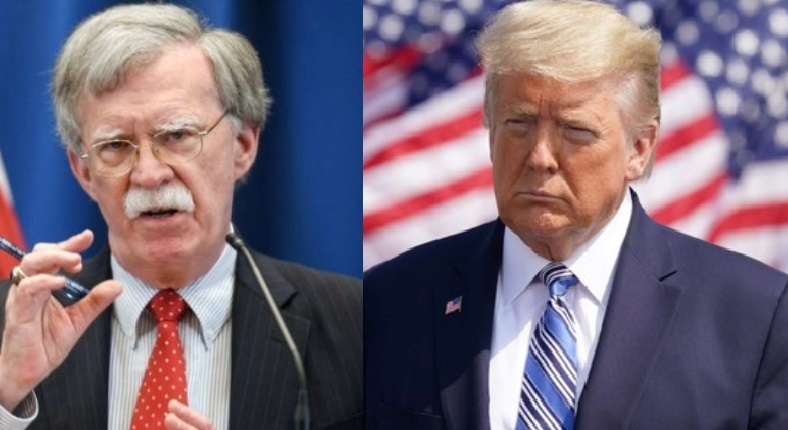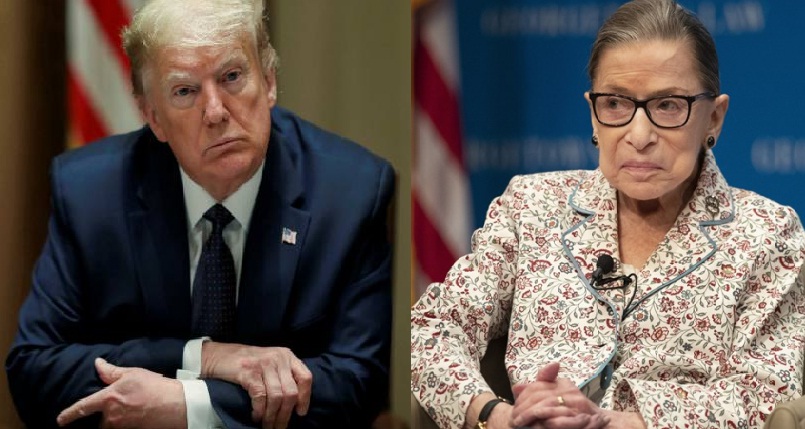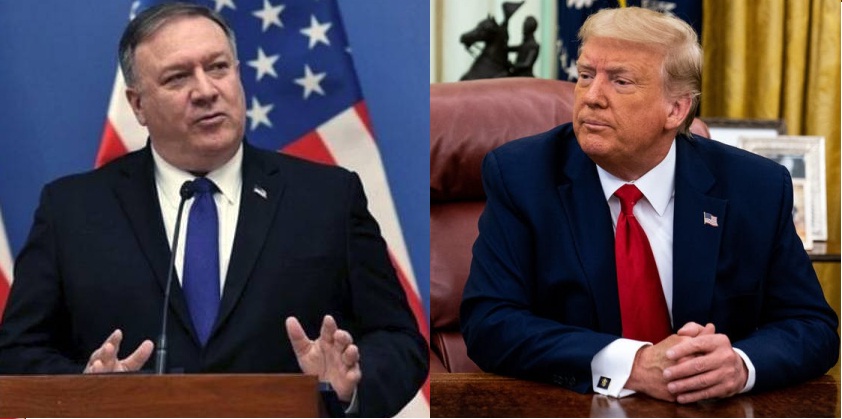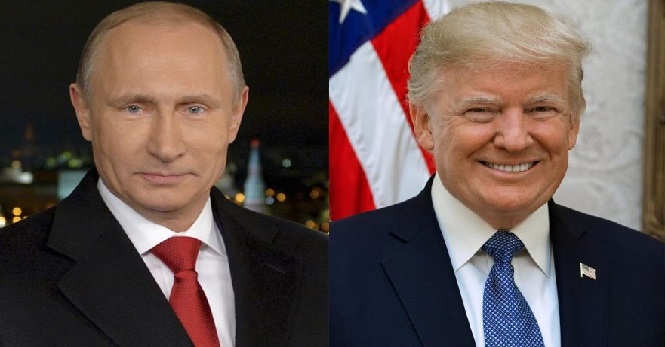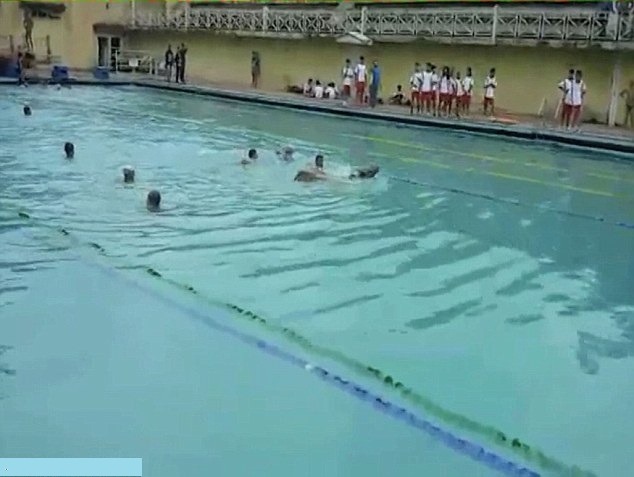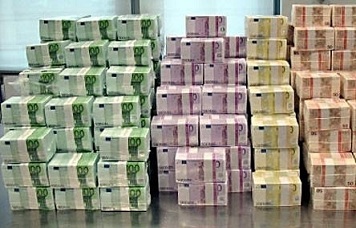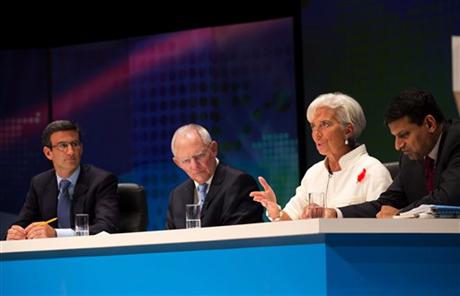Children: Why Is It So Important To Encourage Them To Draw?

The children take the pencil to trace and colour the world very early. As shown by René Baldy, honorary professor of child psychology and author of several books on the subject, a provision must be valued and supported. Our little budding designers acquire new skills useful for their development at each age.
Drawing, An Exercise That Begins Early?
At 18 months, he willingly brings the pencil to his mouth and draws indecisive lines on everything that comes to hand. From the age of 2, he made his first scribbles. Around the age of 3, the first “circles” with irregular contours are presented with pride: a real key to entry into a drawing that allows us to draw tadpoles without stomachs. So comes the time to go into raptures and display the first works on the fridge. Whether or not we try to encourage it, drawing occupies an important place in the lives of our little ones. “It is, with oral language, the privileged means of expression of childhood, reveals René Baldy, honorary professor of the Paul Valéry University of Montpellier, a specialist in the psychology of child development and author of “Understanding your child’s drawings” (ed. Eyrolles).
It is a fundamental tool between 3 and 7 years old. Between the acquisition of language and that of writing, the child has, through drawing, a means to express himself and represent the world. Thus, like a height chart, the picture is a marker of the child’s development. And it is a good way for parents to follow its progress.
“The specialist thus advises to preserve, number, date, and contextualize the drawings of our children. “Some drawings are autobiographical. One day, you will look at them, and your child will look at them as one reads long after a page of his diary. They will have become witnesses of the past.”
What Are The Benefits Of Drawing?
The drawing is not, in itself, intended to be useful. The child draws. It makes him happy because it is an activity that relaxes him and brings him joy. However, studies prove it: this activity is favourable to its development. By drawing, the child acquires a whole series of skills that will serve him in his later learning.
- On the motor and graphomotor level, first of all: by drawing, the child learns to adopt the right posture, to coordinate his movements, to control his gestures, to control the pressure of the pencil on the paper, and also to concentrate on what he does. The impulsive action of the scribbling hand is soon slowed down (it can stop at the right time) and controlled by vision (to stop at the right place). The lines become more and more precise. We can observe this progress in the circle layout, which becomes more regular and better closed. This ability to control the graphomotor gesture and therefore to draw precise shapes “prepares the formation of letters important in the acquisition of writing.”, says the specialist.
- Drawing also allows children to manipulate and combine symbols (round, line, square, triangle, etc.).
- It is an activity that, as we know, eminently boosts the artistic sense and creativity: by colouring his drawings, the child experiments with colours and colour combinations and thus develops his aesthetic sense. He first makes decorative use of colours then, around the age of 7, a more conventional service: the foliage is green, the trunk of the tree brown, the roof of the house red, the sun yellow, the sky blue, etc. . A little later, he will learn to make expressive use of colour to mark an emotional state, for example. Through drawing, the child thus explores his imagination and also has the possibility of expressing his personality.
Drawing is finally, in the opinion of Professor René Baldy, a “social object,” an activity “valued by society.” The child observes his relatives draw lines and shapes on leaves very early. As soon as he can imitate, he, in turn, grabs a piece of paper and a pencil to do the same. “And show that he is great. Later, under the admiring gaze of his parents, his teacher, the child understands that his productions are appreciated since they are displayed or sent to his grandparents, uncles, and aunts. He is aware of mastering knowledge, and these positive assessments give him self-confidence. “
The drawing is an object of sharing, emotional and social exchange. It is part of a family, school culture. “, continues the specialist. The exchanges it allows are essential. The drawing connects the child with his entourage (his mother, father, brother or sister, grandparents, etc.). “It is ultimately only a pretext for collaboration, for dialogue. In a kind of ritual, the child offers his drawing, and the adult receives it as a gift: “Look! I drew a man”. “Oh, how beautiful he is!” We’re going to show it.






















































